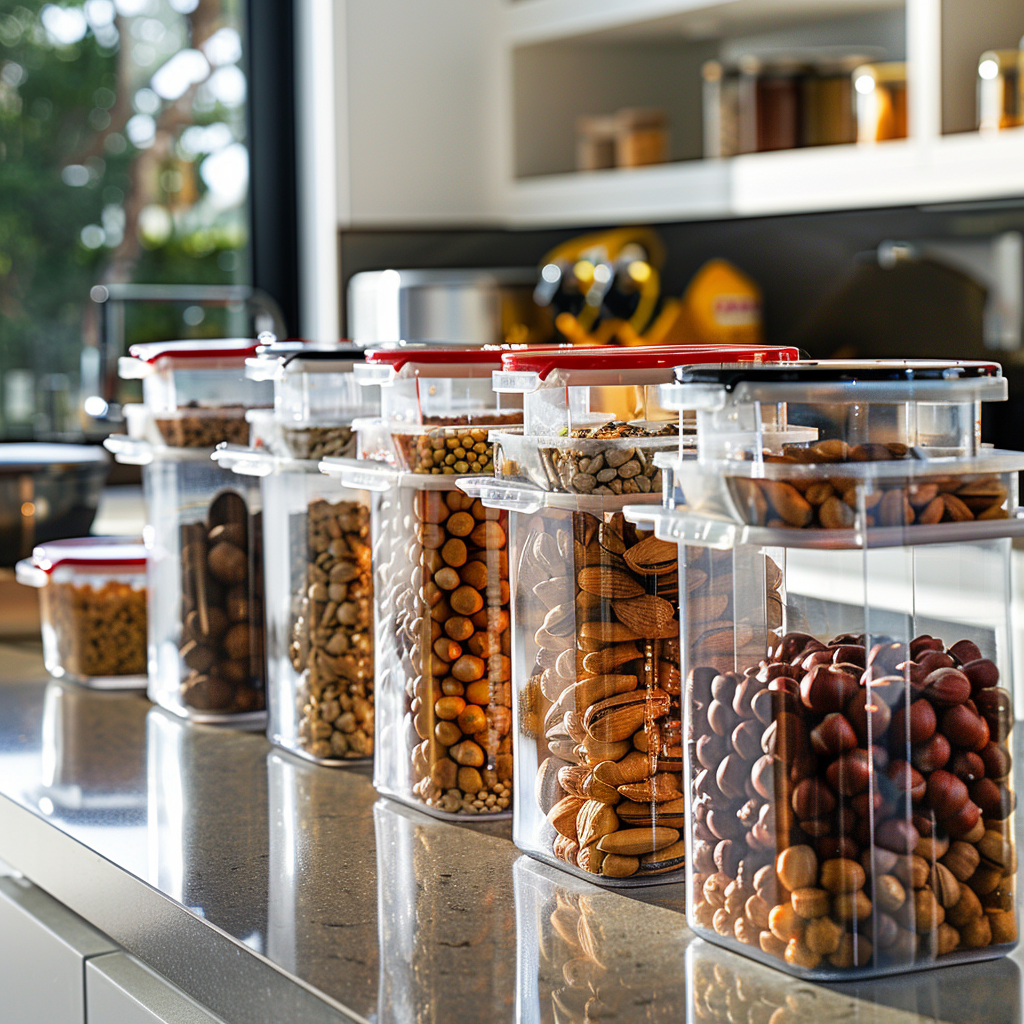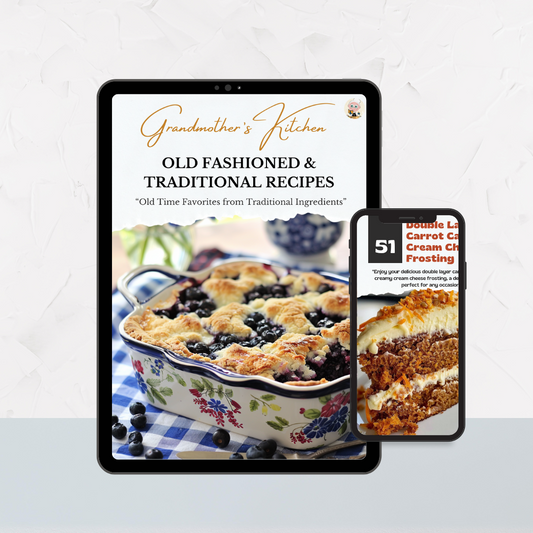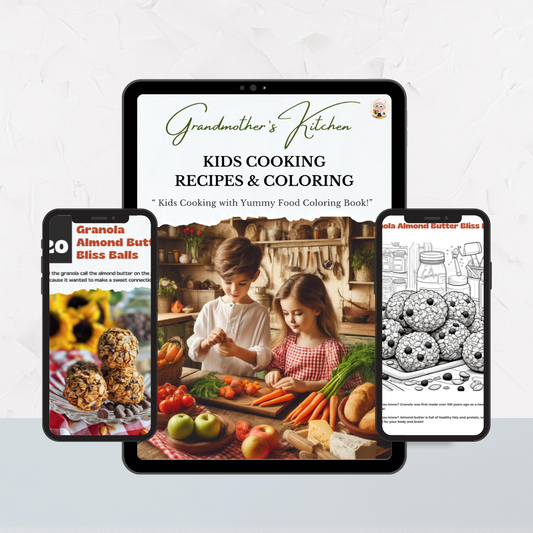Glass vs. Plastic Food Storage: 10 Essential Tips for Health and Safety

Share
Glass vs. Plastic Food Storage: Which Is Safer for Your Health?
In today’s world, food storage safety is a major concern, especially when deciding between plastic and glass containers. Understanding the safety implications of each can help you make an informed decision. Here are the top 10 tips to guide you through choosing the safest food storage containers for your kitchen.
1. Understanding Plastic Types and Safety
Tip: Familiarize yourself with the different types of plastics used in food storage containers. Commonly used plastics include PETE, HDPE, PVC, LDPE, PP, and PS.
Why It Works: Each type of plastic has different properties and safety profiles. For example, PETE and HDPE are generally considered safe for food storage, while PVC and PS can leach harmful chemicals.
How to Implement: Check the recycling codes on your plastic containers to identify the type of plastic. Avoid using containers made from PVC (3), PS (6), and other plastics not marked as food-safe.
2. The Dangers of BPA and Phthalates
Tip: Avoid plastics that contain BPA (Bisphenol A) and phthalates, which are chemicals that can leach into food and pose health risks.
Why It Works: BPA and phthalates are known endocrine disruptors and have been linked to various health issues, including hormonal imbalances and reproductive problems.
How to Implement: Look for BPA-free labels on plastic containers and choose products that specifically state they are free of phthalates.
3. Benefits of Glass Containers
Tip: Consider using glass containers for food storage. Glass is non-toxic, non-reactive, and does not leach chemicals into food.
Why It Works: Glass containers are safe for storing all types of food, including acidic and oily foods, which can cause plastic to break down.
How to Implement: Invest in a set of glass containers with airtight lids to ensure your food stays fresh and free from contaminants.
4. Durability and Longevity
Tip: Glass containers, while heavier and more breakable, are generally more durable and longer-lasting than plastic containers.
Why It Works: Glass can withstand high temperatures and is less likely to scratch or stain compared to plastic, making it a more sustainable choice in the long run.
How to Implement: Use glass containers for storing leftovers, meal prepping, and even for microwave heating, as they can handle temperature changes without releasing toxins.
5. Weight and Portability
Tip: If weight and portability are concerns, opt for high-quality, BPA-free plastic containers for on-the-go meals and snacks.
Why It Works: Plastic containers are lighter and less likely to break, making them ideal for lunches and travel.
How to Implement: Choose durable, reusable plastic containers made from safer plastics like PP (5) and ensure they are marked as microwave-safe if you plan to heat food in them.
6. Cleaning and Maintenance
Tip: Glass containers are generally easier to clean and do not retain odors or stains like plastic containers.
Why It Works: Glass is non-porous and can be thoroughly cleaned in the dishwasher without the risk of harboring bacteria.
How to Implement: Clean glass containers in the dishwasher or with hot, soapy water. For plastic containers, avoid using abrasive cleaners that can scratch the surface and lead to bacteria buildup.
7. Environmental Impact
Tip: Glass containers are more environmentally friendly as they are 100% recyclable and do not contribute to plastic pollution.
Why It Works: Glass can be recycled repeatedly without losing quality, whereas plastic recycling is limited and often results in lower-quality products.
How to Implement: Prioritize glass containers for home use and recycle any plastic containers properly. Consider reducing plastic use to minimize environmental impact.
8. Cost Considerations
Tip: While glass containers may have a higher upfront cost, their durability and longevity can make them more cost-effective over time.
Why It Works: Investing in quality glass containers can save money in the long run by reducing the need for frequent replacements.
How to Implement: Start by gradually replacing old plastic containers with glass ones as needed, looking for sales or discounts to offset the initial cost.
9. Safety for Pets and Children
Tip: Store food in safe, high-quality containers to protect your family from potential chemical exposure.
Why It Works: Choosing the right containers can prevent health risks associated with chemical leaching from plastic.
How to Implement: Use BPA-free and phthalate-free plastic containers or glass containers, especially for storing food that will be consumed by children or pets.
10. Practical Usage and Versatility
Tip: Use a combination of glass and plastic containers based on their intended use to balance safety, convenience, and practicality.
Why It Works: Each material has its benefits, and using both can provide flexibility in food storage and transport.
How to Implement: Use glass containers for home storage and reheating, and plastic containers for packing lunches and storing dry goods.
Choosing the right food storage containers is crucial for maintaining food safety and reducing health risks. By understanding the differences between plastic and glass containers, and following these tips, you can make informed decisions that benefit your health and the environment. Opt for high-quality, BPA-free plastic or durable glass containers to ensure safe and effective food storage.


